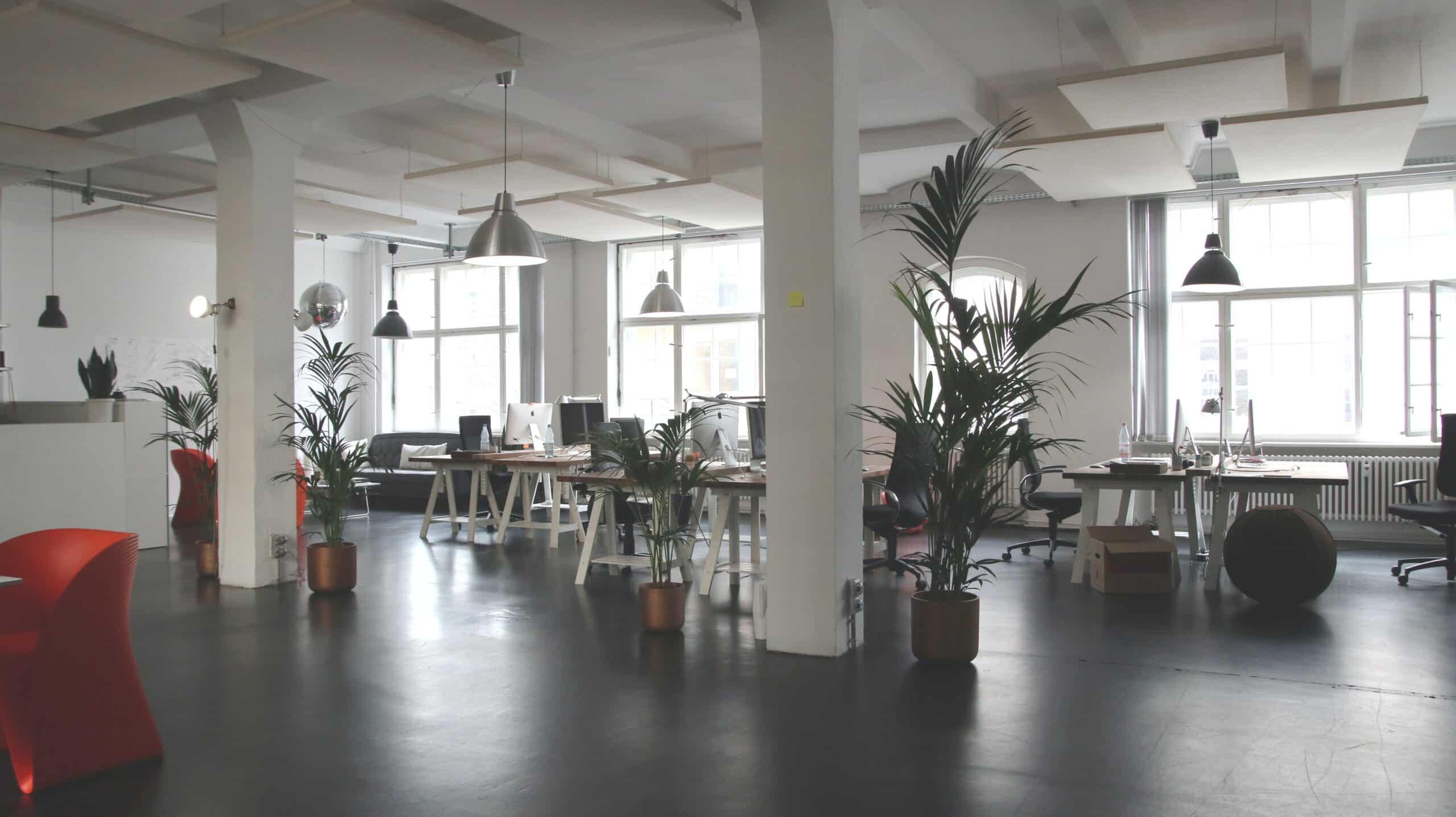Why your enterprise data is disappearing and what it’s costing you
Unbelievably, only about one-third of enterprise data is ever used after it is created, with a study reporting that 68% of data available to businesses is not being used. This leaves up to 75% of data unleveraged in a world where such information is crucial to businesses carving their competitive edge. One study found that while all business leaders agree data is extremely valuable to business success, those same organizations say 55% of their data remains “dark”. Unlocking the hidden value of dark data is therefore critical to success.
And when you consider the cost of a single market research study is between $20,000 to $50,000 US, large firms can end up spending millions on enterprise data and market research per year. But if market research and enterprise data are so important, why does so much of it go unused? And at what cost to firms?
Let’s look at the key reasons behind enterprise data waste:
1. Teams can’t access past or present enterprise data
One of the main reasons why so much enterprise data goes untapped is simply because people can’t find it—an inefficiency that causes your firm’s budget to suffer in more ways than one.
For example, one study on the social economy found workers spend on average 1.8 hours daily looking for information they can’t find, and data professionals waste on average 30% of their time trying to find and prepare data. Cumulatively, that wasted time equates to $1.7 million lost to inefficient searching per year for every 100 employees in US organizations. Now multiply that by a large firm’s 80,000 employees, and the cost is astronomical.
But it’s not just the wasted time searching that’s expensive for enterprises—employee stress and burnout resulting from information overload and can equate to billions in lost productivity.
And there’s more. If employees can’t find the information they need, it leads to knowledge duplication. Teams unwittingly commission or compile the same research another team already tackled. Additonally, the same report cites that data professionals lose 20% of their time building knowledge assets that already exist in the organization.
2. It takes too long to transform enterprise market research into valuable insights
Even if workers can find the information, they may still ignore it if they can’t transform information into usable insights fast enough. In other words, there’s a gap between the growing streams of enterprise knowledge and organizations’ ability to make sense of it and transform it into business value.
One study shows how data skills gap is costing organizations billions in lost productivity, with only a quarter of employees feel they effectively use enterprise data to inform decision making — and even fewer are confident they can read, understand, and work with enterprise data. In fact, employees will actively look for alternatives to using data and almost half surveyed said they’d default to “gut feeling” to make decisions instead of using data-driven insights. But there’s a cost to making poor decisions based on cherry-picked knowledge (aside from the obvious data waste), like reputational damage, missed opportunities, and lost revenue.
3. Your knowledge management system is dysfunctional
Unused data is a big issue for organizations. In one study, two-thirds of business wasted budget on unused market research in the UK, because it was rendered irrelevant by rapidly changing economic and social conditions. And with experts saying disruption will become more common and economic recession inevitable, firms need to manage research spend wisely and carefully, and ensure insights arrive in time to make quality decisions at the speed of the market.
One of the main culprits to sluggish intel is disorganized knowledge management system. Your organization is probably wasting enterprise data and market research to inefficient insights processes if:
- Costly market research quickly loses relevance to the people who need it because it didn’t come fast enough.
- Slow-to-produce insights stop your stakeholders from making quality decisions at the speed of the market.
- Your employees are frustrated by difficult and lengthy searches for answers to their business questions.
- Your stakeholders can’t easily interpret your knowledge assets into usable insights for decision-making.
- Your organization has recommissioned the same research more than once.
Maximize your enterprise market research and increase your ROI
When you consider the cost of wasted time, employee burnout, redundant knowledge, and poor decision making, the cost of disorganized knowledge management, other than leading to unused data and data waste, can be astronomical. But what if you could create a leaner organization and make insights quick and easy to search and understand? What if you could increase the knowledge management ROI of your enterprise market research and knowledge assets, while facilitating insights-driven decisions across your organization?
Most insights professionals are aware that an insights platform can change company culture. They say that efficient knowledge and insights management is about building a culture of “knowing what you know” across your organization. The right insights engagement platform can help scale your efforts to do that.
Prudential’s insights platform is a great example of this. Keith Golembiewski, Director of Strategic Insights, Workplace Solutions Group, Prudential, shared with us that using their all-in-one insights platform (containing a knowledge asset of $40 million dollars), one of their business teams was able to do a quick desk research to validate and move forward with a new program more quickly because they were able to quickly search and see the knowledge the company already had on their topic. If you want to know if your desk research is gaining value or losing momentum, the volume of unused data is a clear indicator.
“Rather than doing new primary research that would take at least a month and cost $60K or more, we used the vast resources we have to ‘know what we know’ from all our past research and news on employers, sponsors, demand, and supply, and we were able to synthesize more than half a million dollars’ worth of insights in a couple of weeks.”
Director of Strategic Insights, Prudential
Other Market Logic clients make it mandatory for partner agencies to upload results to their insights platform, standardizing clear expectations of the organization’s knowledge sharing culture and making it part of everyday processes, so enterprise data doesn’t get lost.
How an insights platform can mitigate data waste
An insights engagement platform is not only a path to effective insights management and quality insights-driven decision making, it’s also a cost savings platform.
An insights platform can save your budget by:
- Extending the shelf-life of your market research by applying valuable past market research to new business problems.
- Saving you research costs and extending the shelf life of existing knowledge with easy desk research that empowers you to know what you know (and stop commissioning research another department’s already done).
- Reducing time-waste and information overwhelm with curated insights employees can understand and use in their day-to-day decision making.
- Bridging the gap between enterprise data and hybrid workers, so you can build a culture of “knowing what you know.”
- Realizing the true value of your market research with effective insights management.
Considering its cost, enterprise data and enterprise market research is too valuable and expensive to go unused. But to avoid data waste, there’s a path to efficient insights engagement that can help you make it easy for your organization to quickly find contextualized, relevant insights they can understand and use for decision making.
If you’d like to learn more about the DeepSights insights platform and generative AI capabilities, book a demo today.









